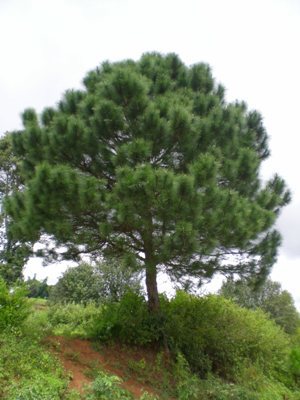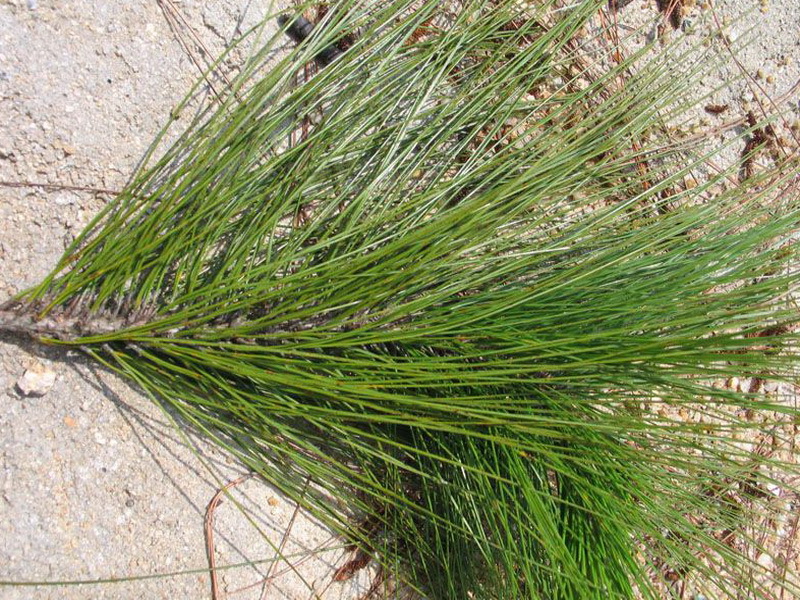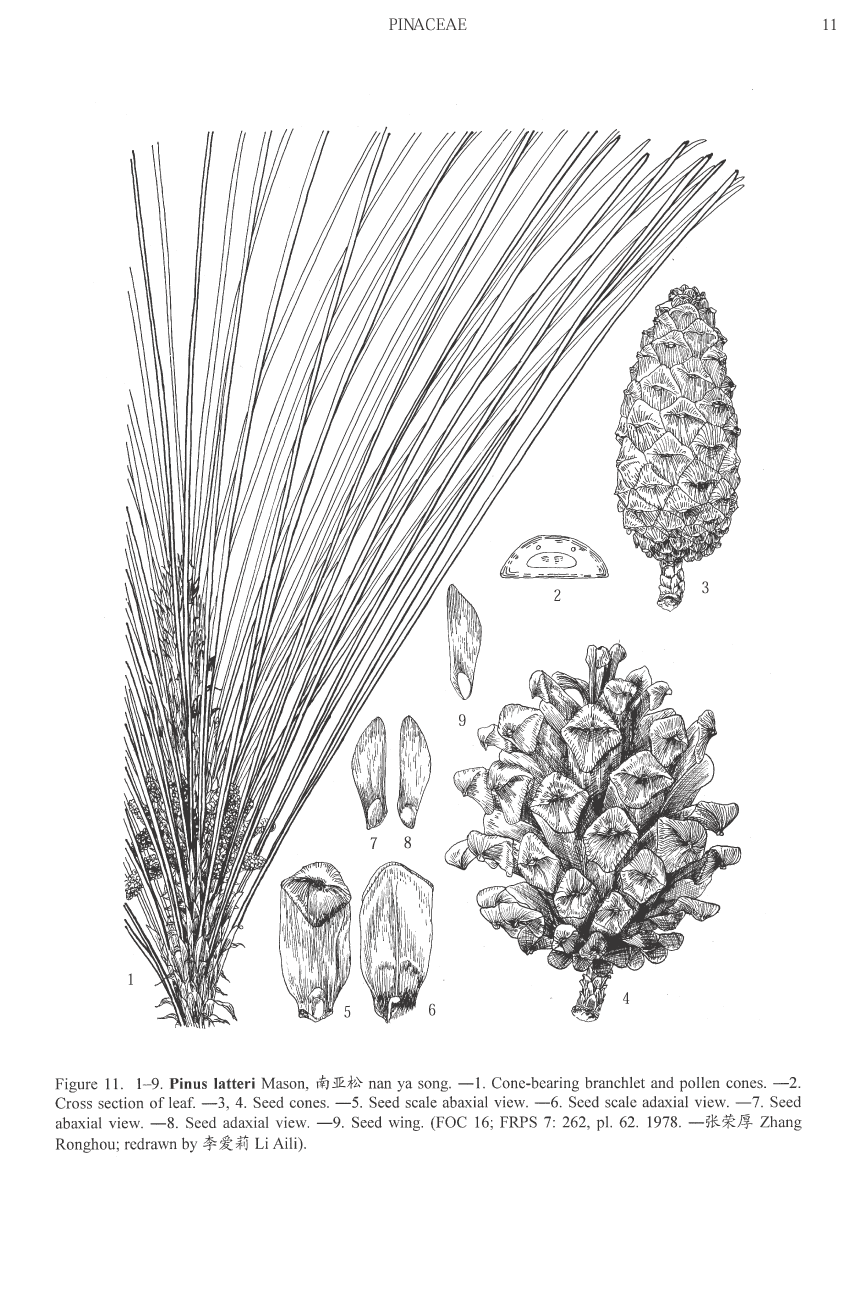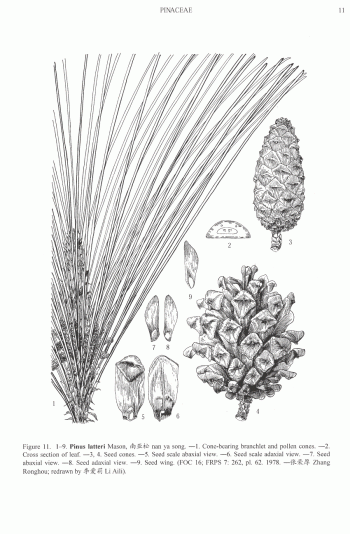
subgenus Pinus, section, Pinus, subsection Pinus. This is one of the 'œclassic' old-world, 2-needled, hard pines.
Pinus latteri, first described in 1849 by the Reverend F. Mason in, The pine tree of the Tenasserim Provinces, is commonly known as Tenasserim pine, as well as Thông nhá»±a, thông ta, thông hai lá, thông in the Vietnamese language; or Š—äºšæ¾ (nan ya song) in Chinese. The species honors Captain T. Latter, regional Superintendent of Forests, thought to be the first Englishman to see the tree in habitat. Previously commonly treated as synonymous with P. merkusii (Jungh. et De Vriese), but now treated by most as a distinct species.
Description. Tenasserim pine is an evergreen, coniferous species of tree that grows to mature heights of 100 to 135 feet (30 - 45 m) with and open crown and level to upcurved branches, the crown changing from conical to rounded as the tree ages.
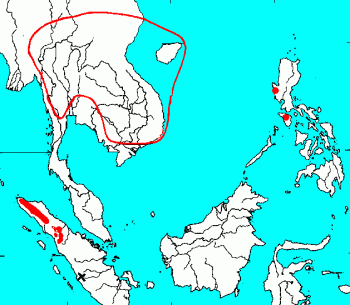
Distribution. This species is native to Vietnam, Laos, Kampuchea, Thailand and southern Myanmar; as well as in extreme southern China (Hainan island), but possibly introduced there. It is found growing from sea level to the 2,000 feet (900 m) level, (mostly at lower altitudes than the sympatric P. kesiya but with some overlap), usually in open, savannah-like areas that are frequently burned by native peoples.
Hardy to USDA Zone 9 - cold hardiness limit between 20° and 30°F (-6.6° and -1.1°C).
